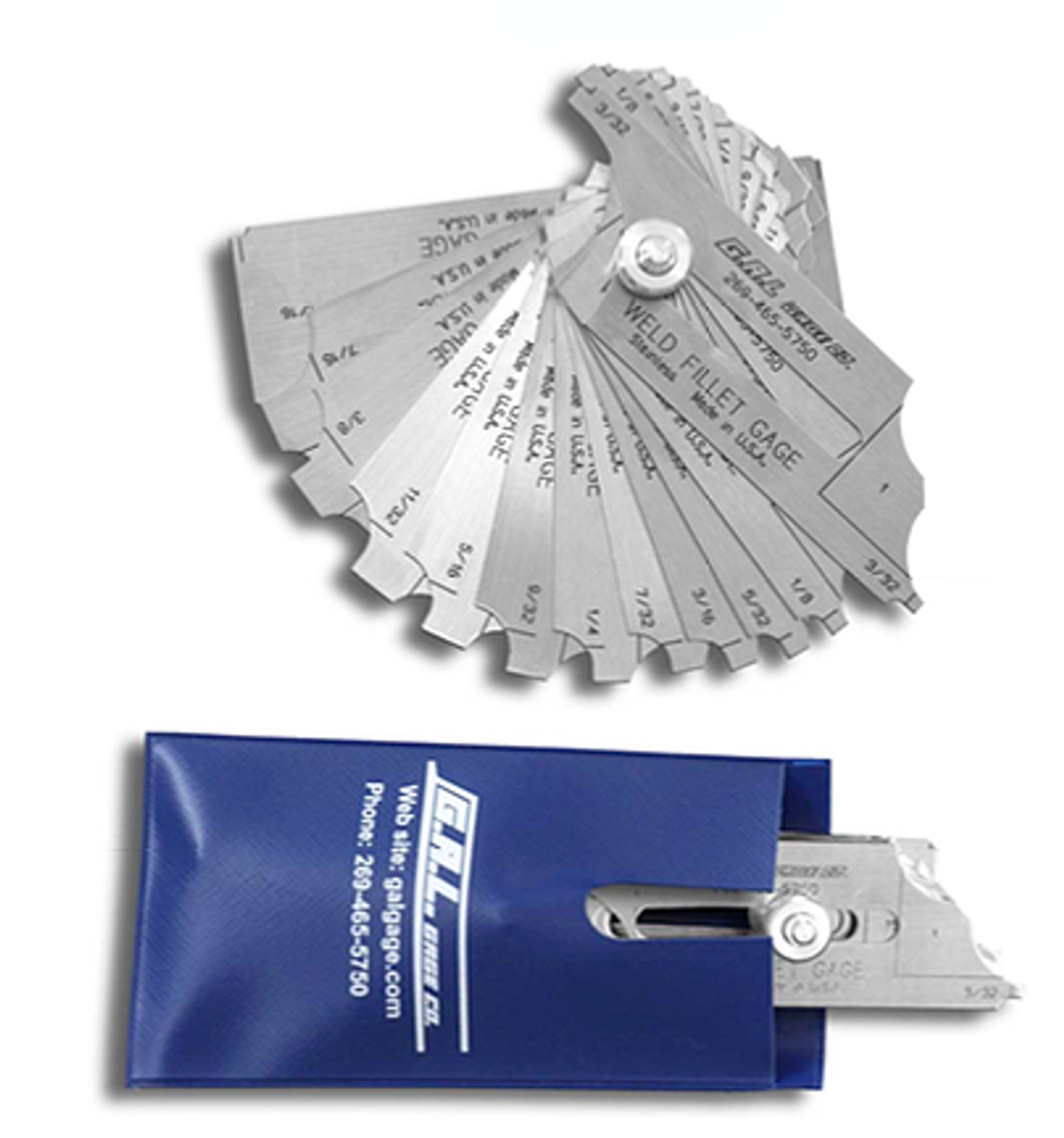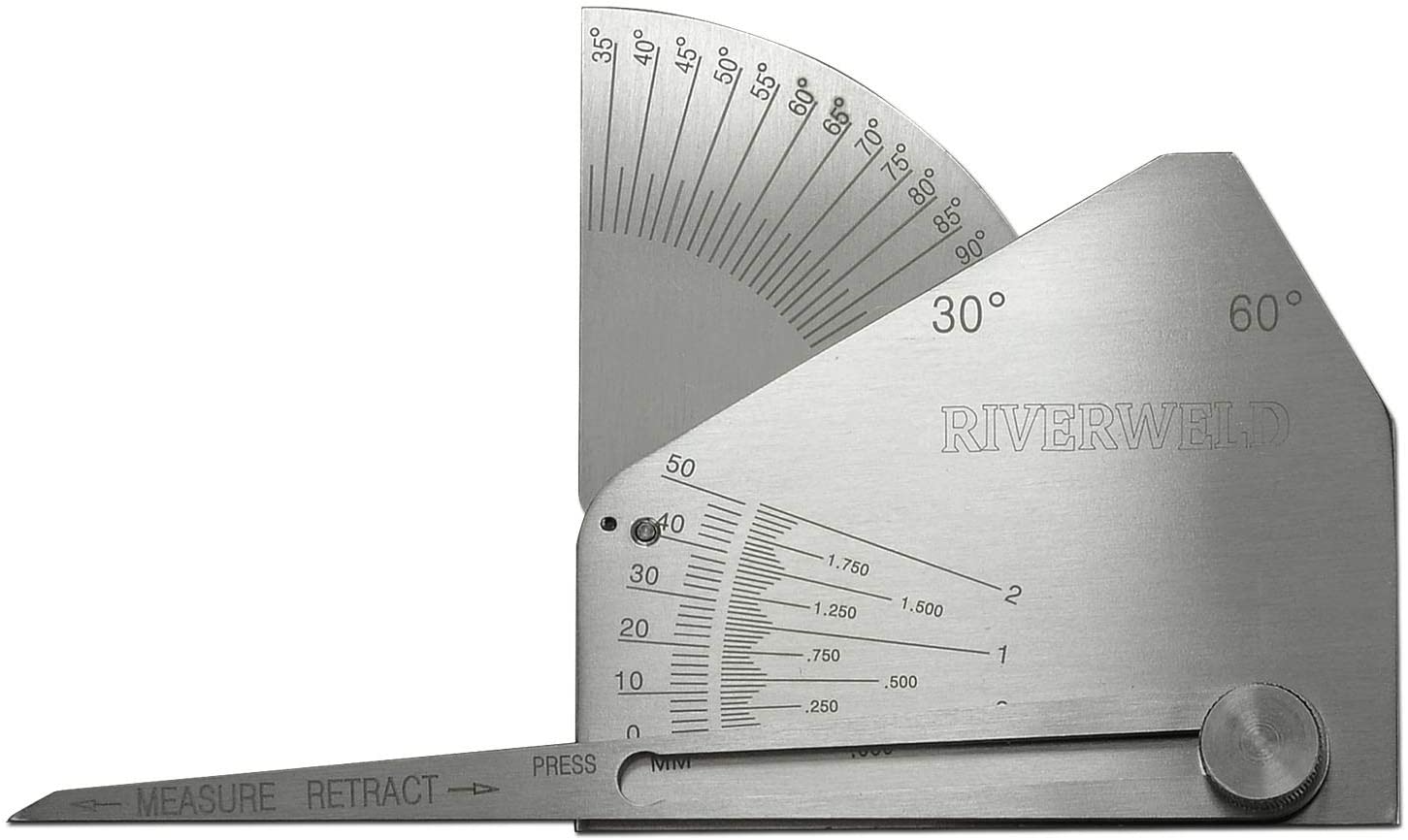Fillet Weld Style Strategies: Enhancing Joint Efficiency and Visual Appeal for Structural Integrity
In the world of structural design and construction, the importance of fillet weld design approaches can not be overstated. By carefully taking into consideration aspects such as weld profile optimization, product choice, joint prep work methods, welding process performance, and visual improvement methods, designers and fabricators can attain an unified balance in between performance and appearance in their welded structures.
Weld Profile Optimization


Attaining an optimum weld account entails a meticulous factor to consider of aspects such as product thickness, joint configuration, welding setting, and preferred welding rate. Furthermore, the choice of suitable welding criteria, such as voltage, current, and travel rate, is fundamental in controlling the form and measurements of the fillet weld. Utilizing sophisticated welding techniques, such as pulse welding or robotic welding, can further improve the weld account to meet particular style demands and quality requirements.
In significance, weld account optimization is a basic facet of fillet weld layout that straight affects the general efficiency and integrity of bonded joints in architectural applications.
Material Selection Factors To Consider
When taking into consideration material choice for fillet weld design, the compatibility of the base steels is a critical aspect influencing the structural honesty of the joint. It is essential to select materials that not just bonded together properly but also possess similar mechanical buildings to make certain the load is equally distributed between the base and the weld steels. Welding materials with greatly various residential or commercial properties can cause concerns such as tension concentrations, early joint failing, or cracking.
Additionally, the atmosphere in which the bonded framework will certainly run must be considered when picking products. Factors like corrosion resistance, temperature level variations, and direct exposure to chemicals can all influence the long life and performance of the weld joint. By choosing materials that are suitable for the intended application and setting, the overall toughness and reliability of the bonded joint can be dramatically enhanced.
Therefore, comprehensive consideration of material compatibility and environmental elements is vital in making certain the weld joint's toughness, longevity, this link and total architectural honesty.

Joint Prep Work Strategies
Thinking about the important duty product selection plays in guaranteeing the architectural stability of fillet weld visit our website joints, it is crucial to implement precise joint preparation techniques that optimize the link in between the base steels. Joint prep work is a critical action that straight affects the top quality and toughness of the weld.
Furthermore, tack welding the parts in place before the last weld assists maintain alignment and lessens distortion throughout the welding procedure. By carefully following these joint prep work methods, welders can boost the general performance and visual appeals of fillet weld joints while ensuring architectural soundness.
Welding Refine Effectiveness
Efficient welding processes are crucial for achieving ideal performance and quality in fillet weld fabrication. Processes like gas steel arc welding (GMAW) and flux-cored arc welding (FCAW) are generally used for fillet welds due to their flexibility and rate.
In addition, ensuring proper devices configuration and upkeep is critical for efficient welding. Regular calibration of welding devices, assessment of consumables, and maintenance of soldering iron can protect against downtime and rework, ultimately saving time and resources. Additionally, employing proficient welders with expertise in the specific welding process being used can considerably affect efficiency. Well-trained welders are much more proficient at changing parameters, troubleshooting issues, and maintaining consistent weld quality.
Visual Improvement Approaches
To enhance the high quality of fillet weld construction, applying aesthetic improvement approaches can play a crucial role in guaranteeing precision and accuracy during the welding process. Aesthetic help such as weld dimension assesses and multiplying lenses can help in examining weld accounts and dimensions precisely. By integrating these aesthetic improvement techniques into the welding process, welders can achieve not only structurally sound fillet welds but also visually enticing outcomes that satisfy market standards.

Conclusion
In verdict, optimizing fillet weld style entails careful factor to pop over to this web-site consider of weld account, material selection, joint prep work, welding process effectiveness, and visual improvement methods. By applying these approaches, architectural stability can be enhanced while also accomplishing aesthetic allure. It is necessary to focus on both performance and aesthetics in fillet weld layout to guarantee the general top quality and durability of the joint.
By carefully thinking about variables such as weld account optimization, product selection, joint preparation techniques, welding process performance, and visual enhancement designers, producers and techniques can achieve a harmonious equilibrium in between capability and look in their bonded frameworks.In the realm of fillet weld design, optimizing the weld profile plays a vital function in guaranteeing structural integrity and efficiency. The weld account, which consists of the size and shape of the weld cross-section, straight influences the circulation of anxiety and load-bearing capacity within the joint. It is important to choose products that not only bonded with each other successfully however also have comparable mechanical residential properties to make sure the tons is evenly dispersed between the weld and the base steels - Gauge Fillet Weld.In final thought, enhancing fillet weld design entails cautious consideration of weld account, material option, joint preparation, welding process performance, and visual improvement techniques
Comments on “Recognizing Gauge Fillet Weld: A Comprehensive Overview for Welders”